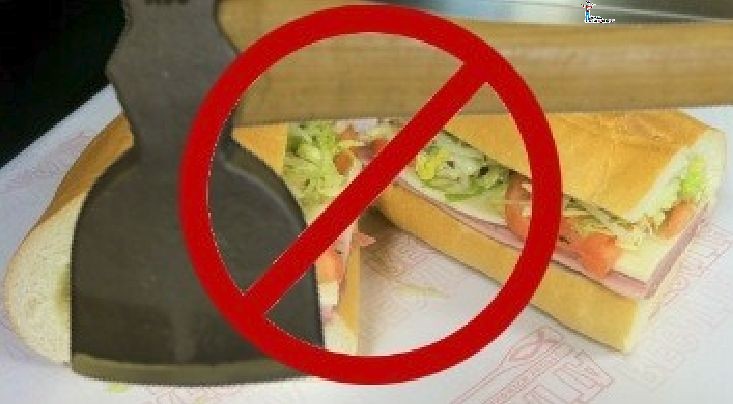- Joined
- Sep 17, 2014
- Messages
- 120
Hello everyone
I've posted on BladeForums in the past about sharpening axes with power tools. I have found a video on YouTube that will probably interest lots and lots of axemen.
Please go to YouTube and watch axe sharpening with power tools Hoffman Black Smithing.
I have used a cheap, cheap Harbor Freight 1" belt grinder for years and have never got a blade hot to the point of ruining the heat treat on the cutting edge. Mr. Hoffman has a professional grinder that I sure do wish that I could justify purchasing for my axe hobby. I am a insurance agent.
Many people who first read my post were, I believe, upset with the idea of power tools. Maybe this video will help.
ripshin
I've posted on BladeForums in the past about sharpening axes with power tools. I have found a video on YouTube that will probably interest lots and lots of axemen.
Please go to YouTube and watch axe sharpening with power tools Hoffman Black Smithing.
I have used a cheap, cheap Harbor Freight 1" belt grinder for years and have never got a blade hot to the point of ruining the heat treat on the cutting edge. Mr. Hoffman has a professional grinder that I sure do wish that I could justify purchasing for my axe hobby. I am a insurance agent.
Many people who first read my post were, I believe, upset with the idea of power tools. Maybe this video will help.
ripshin

